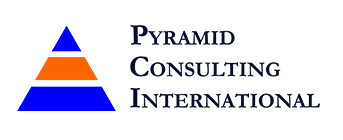OVERVIEW
Health care cost increased from $75 billion in 1970, to $2.6 trillion in 2010, and is forecasted to reach $4.8 trillion by 2021 making up one fifth of the United States GDP. On the international level, US health care expenditure per capita far exceeds other countries in the Organization of Economic Cooperation and Development. Several significant factors are driving the changes in the healthcare landscape, primarily: an aging population, increasing Medicare and Medicaid costs, the Affordable Care Act.
CHALLENGE
The challenge for healthcare providers is to dynamically adapt to industry changes without losing focus on their strategic goals and objectives. Medical services provided by hospitals and physicians make up half of the total amount spent on health care. Facility departments for healthcare providers are constantly challenged with modifying facilities to the continuously changing industry requirements, while complying with tight budget and time constraints. Possible solutions include building of new property, renovation of existing, and leasing of external property. Facilities departments have to manage a wide variety of projects ranging in complexity (e.g. renovation of office space versus construction of a new multi-million dollar facility), type (e.g. research lab versus inpatient facility versus office space), and value (with cost ranging from a few thousand dollars to hundreds of millions of dollars). Projects often require moving staff and equipment from one location to another and inter-project dependencies are common. Numerous stakeholders are involved in a project, both internal (e.g. departments, users) and external (contractors, regulatory bodies). Facilities department frequently operate with limited project management resources and under the constraint of avoiding disruption to ongoing healthcare services or contamination of hospital facilities.
-
SOLUTION
In order to face such challenges and uncertainties, facility departments for healthcare providers must:
- Create consistent processes for communicating to client the project status, including schedule, cost, and key decisions.
- Identify internal and external activities and interrelationships to achieve successful occupancy, activation, and maintenance
- Identify opportunity for design standards adoption, reducing inventory needs and improving maintenance ability
- Provide tools and processes to move from a reactive problem solving to proactive problem solving culture
- Create a formal process for providing input and review from various stakeholders early in the project’s development
-
BENEFITS
